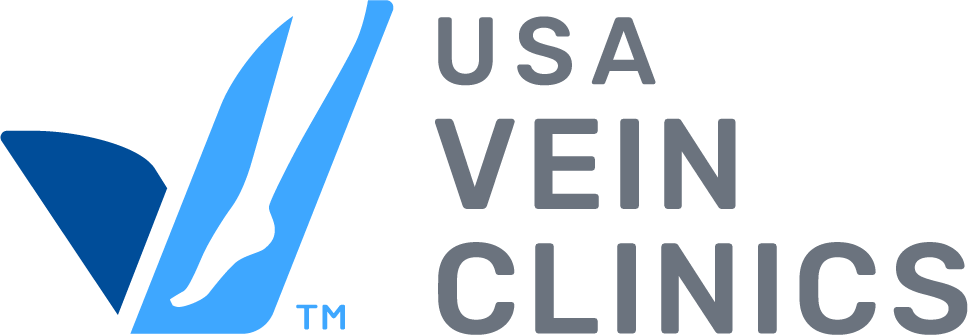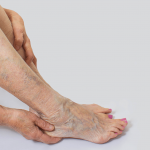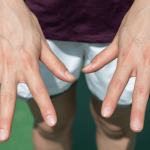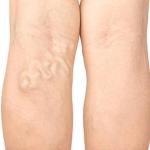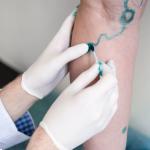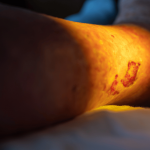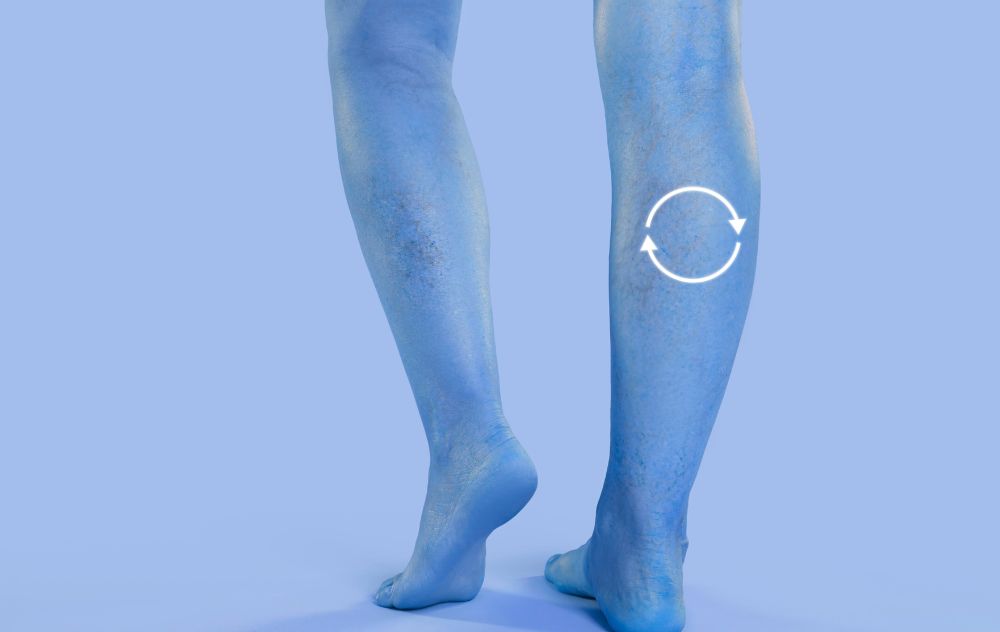
CVI is a chronic condition, meaning the malfunctioning valves won’t repair themselves. However, that doesn’t mean patients do not have options. With the right medical care and proactive management, the symptoms of chronic venous insufficiency can be significantly reduced, and in many cases, long-term complications can be prevented altogether.
What Does “Reversing” CVI Really Mean?
In medical terms, reversal would imply a full restoration of normal valve function. Unfortunately, once the valves in the leg veins become incompetent, they do not repair themselves. However, the underlying issue, poor circulation caused by damaged veins, can be addressed through modern, minimally invasive treatments that redirect blood flow and improve vascular health.
In this context, reversing CVI means effectively controlling the disease, relieving symptoms, and preventing further damage to the veins and surrounding tissues. Many patients are able to resume daily activities with less pain, swelling, and fatigue once proper treatment has been initiated.
Is It Possible to Reverse Chronic Venous Insufficiency?
Chronic venous insufficiency cannot be reversed in the sense of restoring damaged vein valves to their original function. Once the valves fail, they do not heal on their own. However, that does not mean there is no hope. With the right treatment plan, the symptoms of chronic venous insufficiency can be effectively managed—and in many cases, significantly improved.
Minimally invasive treatments are designed to close off diseased veins, reroute blood flow through healthy veins, and relieve the pressure that causes swelling, discomfort, and skin breakdown. In this way, patients often experience a noticeable improvement in both symptoms and quality of life.
Recognizing the Stages of Chronic Venous Insufficiency
If you’re concerned about reversing chronic venous insufficiency, early detection is key. The earlier CVI is identified, the more effective treatment can be in reducing symptoms, preventing progression, and avoiding long-term complications. Recognizing which stage you’re in can help guide the right course of action and improve your overall vein health.
Stage Classifications (known as the CEAP classification):
-
Stage 0–1: No visible signs, or just spider veins
-
Stage 2: Varicose veins become noticeable
-
Stage 3: Leg swelling without skin changes
-
Stage 4: Skin discoloration or thickening
-
Stage 5–6: Healed or active venous ulcers
The earlier CVI is identified—typically in stages 1 to 3—the easier it is to treat and control. Minimally invasive treatments like endovenous laser therapy (EVLT), radiofrequency ablation (RFA), and sclerotherapy can close the malfunctioning veins, reroute blood through healthy ones, and relieve symptoms such as swelling, heaviness, pain, and fatigue.
So while you can’t undo the structural damage, you can stop the disease from progressing, improve your quality of life, and in many cases, eliminate your symptoms altogether.
Lifestyle Changes to Manage Chronic Venous Insufficiency
Even with treatment, daily habits play an important role in managing CVI. Patients are often encouraged to stay active, elevate their legs when resting, and wear compression stockings as recommended. These lifestyle adjustments help reduce venous pressure and maintain the benefits of treatment over the long term.
Maintaining a healthy weight and avoiding prolonged periods of sitting or standing can also reduce stress on the veins. While these changes alone will not reverse CVI, they are can be helpful for management of symptoms.
Importance of Early Diagnosis and Treatment
Like many chronic conditions, CVI tends to worsen over time if not treated. Symptoms that start off as minor swelling or leg fatigue can evolve into more serious issues, including significant pain, skin thickening, and venous ulcers. Knowing the early warning signs of CVI can you give you direction. Seeking medical attention when symptoms first appear can make a meaningful difference in how well the condition is managed.
Take the First Step Toward Relief
There’s no reason to wait for your symptoms to worsen. If you’re experiencing leg swelling, pain, heaviness, or visible vein changes, it may be time to speak with a specialist. At USA Vein Clinics, we’re here to help you find relief and regain control of your health.
Schedule your consultation today by calling 888-768-3467, visiting our website to book online, or finding a clinic near you.
